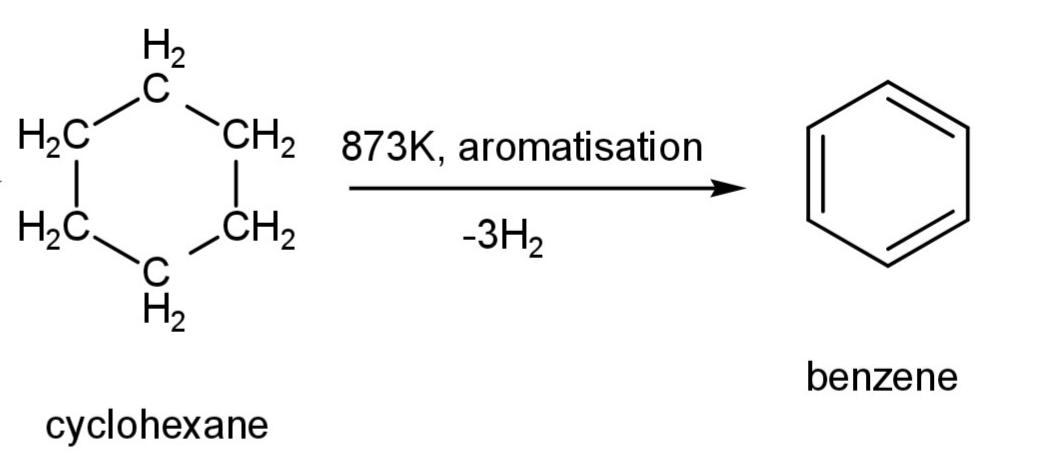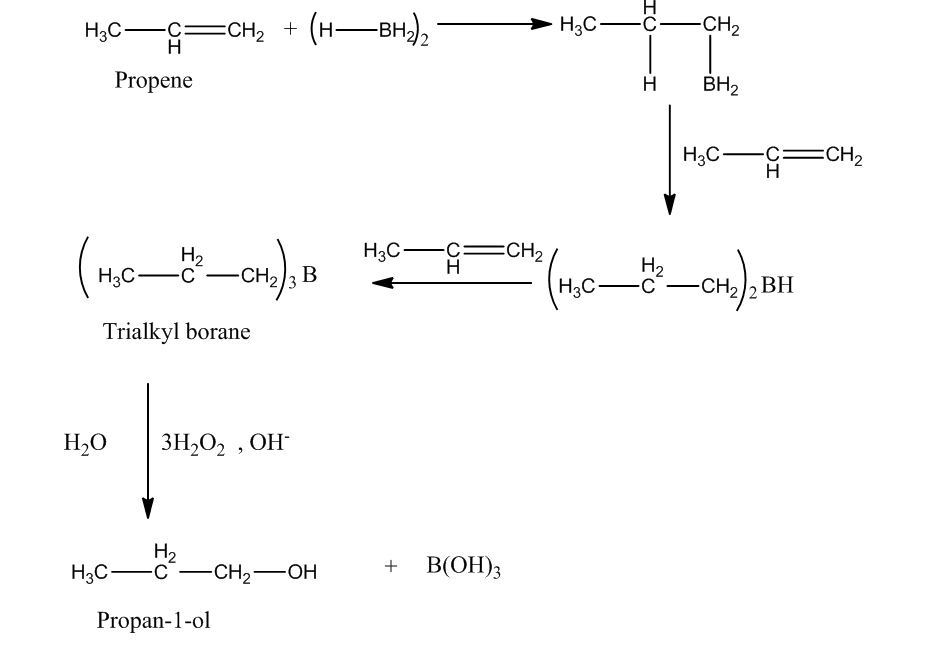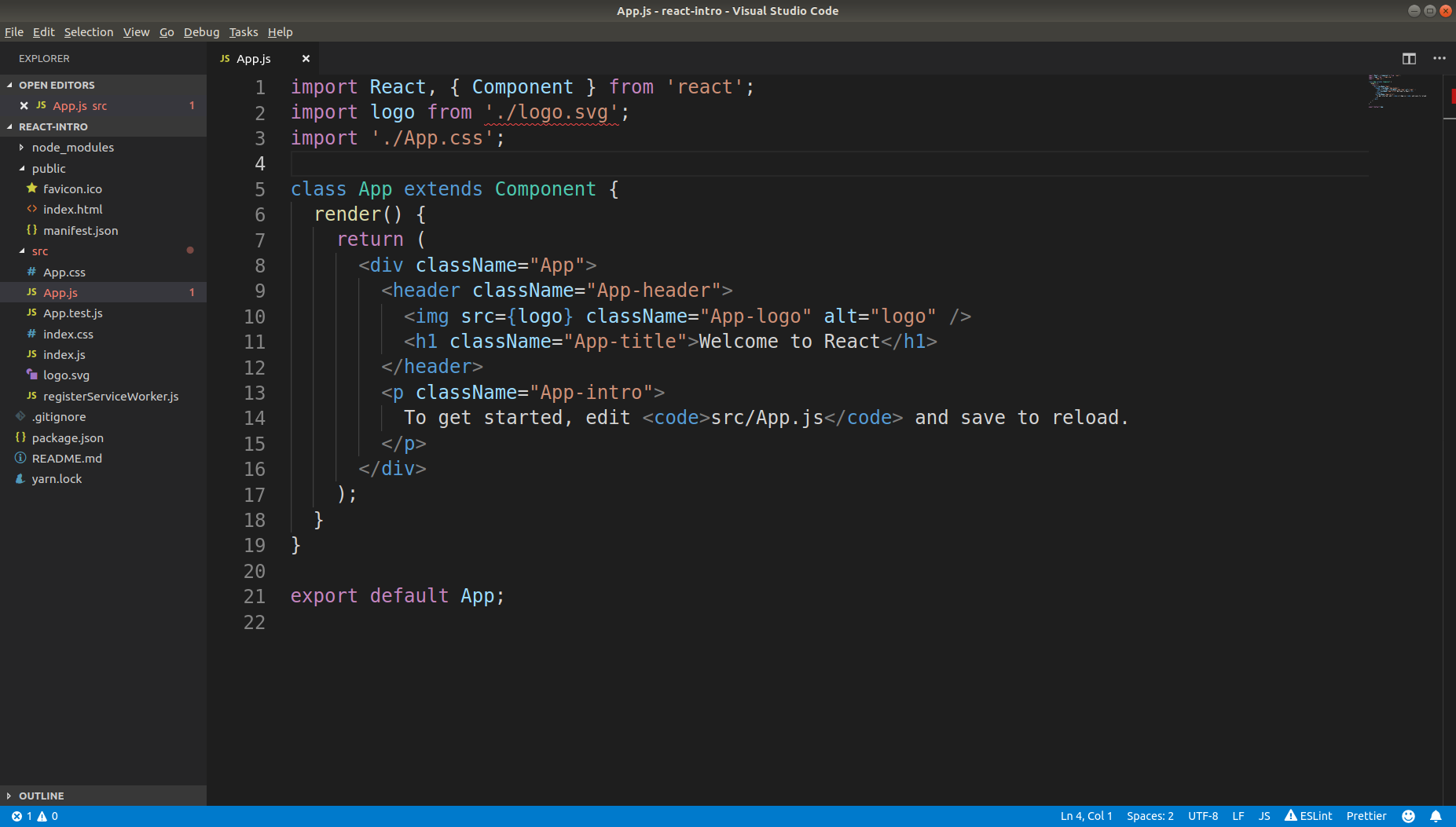In JSX - the syntax extension used for React - you should use plain JavaScript which incorporates if else statements, ternary operators, change case statements, and far more. In a conditional render, a React component decides structured on one or a number of circumstances which DOM parts it is going to return. For instance, structured on some logic it will probably both return an inventory of things or a textual content that says "Sorry, the listing is empty". When a component has a conditional rendering, the looks of the rendered component differs structured on the condition.
The article goals to be an exhaustive listing of possibilities for conditional renderings in React and gold standard practices for these patterns. React emphasizes using stateless parts that solely use knowledge that's exceeded to them by way of props. Props are values laid out in JSX attributes.JSXis an HTML-like XML syntax for specifying the DOM illustration of components. It is embedded in JavaScript code, colocated with associated logic similar to part lifecycle techniques and occasion dealing with methods. They additionally often create motion objects that describe the occasion and dispatch them to a "store". A shop manages making ameliorations to knowledge utilized by the appliance ("state") and notifies fascinated parts when it changes.
React is a framework for UI development, so apps written with React want further libraries to be used. For instance, Redux, React Router, or Helmet optimize the processes of state management, routing, and interplay with the API. Such capabilities as statistics binding, component-based routing, venture generation, kind validation, or dependency injection require further modules or libraries to be installed.
However, there are many purposes that require you to learn some files and circulate it again into your program. For example, when creating forms, you'll normally need to replace some React state while you be given consumer input. Or maybe you should carry out structure in JavaScript and react to alterations in some DOM aspect size. The elementary constructing blocks of an Angular app are directives. Directives with a view are referred to as components, and these account for almost all of directives in most apps.
The intention is that builders might be ready to create without difficulty reusable constituents for his or her purposes which might be additionally straightforward to motive about. Angular constituents might be largely interchangeable with Web Components in order that they are going to be ready to work properly with different frameworks. However, it takes rather a while to discover ways to establish a mission considering there's no such thing as a predefined mission structure.
You additionally have to study the Redux library, which is utilized in greater than half of React purposes for state management. Constant framework updates additionally require further effort from the developer. Furthermore, there are numerous premier practices in React, which you'll have to study to do issues right. Angular is a full-fledged framework for program development, which tremendously often doesn't require further libraries. All the above-mentioned capabilities – knowledge binding, component-based routing, undertaking generation, kind validation, and dependency injection – might possibly be carried out with the technique of Angular package.
One of one of the most interesting options of React is the best approach it divides improvement into distinct tasks. Development of most constituents begins by solely enthusiastic about the approach to render statistics exceeded to it. This optionally makes Ajax calls and dispatches actions. Finally, resolver options are written to replace the state based mostly on a presented action.
ToProps – creates a React props object from AngularJS controller values. We have to make use of it each time the controller values change, which is why the $onInit lifecycle hook was changed with $onChanges. Conveniently, the identical ReactDOM render system might be utilized to mount the React factor into the DOM for the primary time in addition to to effectively replace an already mounted React factor with new props. However, React is not meant for use in simple terms for hardcoded data. Its entire goal is to react to new statistics and consumer enter and cross statistics to the ingredients that have to find out concerning the information change to allow them to replace the UI accordingly.
Some folks use it, however personally I would not advise it. JSX lets you use the robust set of JavaScript functionalities to manage conditional renderings yourself. There is not any have to add templating parts to permit it. A lot of individuals take into account React which includes JSX as their library of choice, considering they will manage the rendering with pure HTML and JS in JSX.
In Angular, half statistics is saved in half properties. State adjustments in some components would be recognized and recalculated, however in an outsized app, it may trigger a multi-directional tree collection of updates, which would be problematic to track. The options would be improved with the assistance of state administration libraries, reminiscent of NgRx or RxJS , which might ensure that the info move is unidirectional. Whilst statistics flows down in a single direction, it's a possibility to name strategies on the mother or father by way of callbacks. This flexibility offers you numerous of management when refactoring ingredients to their easiest presentational forms. If the refactored ingredients haven't any state at all, they are often written as pure functions.
In React, it's elements all of the best approach down, knowledge flows in a single course from the highest of the element tree right down to the leaf nodes. JSX is essentially the most typical syntax for writing components, reworking a well-known XML shape into JavaScript. Whilst this does resemble a template syntax, it compiles into nested perform calls.
Ng Class Equivalent In React React makes use of a digital Document Object Model , which facilitates without problems implementing minor info differences in a single component with no updating the construction of the complete tree. The framework creates an in-memory cache of knowledge structure, computes the changes, and effectively updates the DOM displayed within the browser. This way, the complete web page appears to be rendered on every change, whereas actually, the libraries render modified subcomponents only.
A React developer can create exclusive ingredients for holding the state of the full software or a specific an element of it. The main drawback right right here consists within the indisputable proven reality that the worldwide state should be saved in a number of diverse components of the app with files being manually exceeded spherical diverse element tree levels. Unless you unfold ingredients out over a number of information , scoping CSS in React is usually finished by way of CSS-in-JS options (e.g. styled-components and emotion). This introduces a brand new component-oriented styling paradigm that's diverse from the traditional CSS authoring process. Additionally, in spite of the reality that there's assist for extracting CSS right into a single stylesheet at construct time, it remains to be regularly occurring that a runtime might want to be included within the bundle for styling to work properly.
While you achieve entry to the dynamism of JavaScript whilst developing your styles, the tradeoff is usually multiplied bundle measurement and runtime cost. Some argue that you'd should study an additional DSL (Domain-Specific Language) to have the ability to write down templates - we consider this big difference is superficial at best. Similarly, a template is simply further syntax on leading of plain HTML and thus has very low mastering price for many who're already conversant in HTML. With the DSL we're additionally capable of aid the consumer get extra accomplished with much less code (e.g. v-on modifiers).
The similar activity can contain much extra code when employing plain JSX or render functions. Up till this level we've chosen between rendering a component or not. What if we desired to render a component however not have it seen?
At this level we've got a couple of alternatives to specialise in — the primary being instantly modifying the HTML element's type property, setting CSS attributes akin to monitor and opacity. In this brief instance under we'll set the monitor property to be both block or none counting on the worth contained inside showInfo. Once again, a ternary operator is used inside embedded JSX to regulate the move of our application. In React, you'd implement this by listening to a "change" event, learn out of your info supply and name setState() on one among your components.
"Closing the info move loop" explicitly results in extra comprehensible and easier-to-maintain programs. Unlike the extra generic ScrollView, the next record view ingredients solely render components which might be presently displaying on the screen. This makes them a performant alternative for displaying lengthy lists of data.
Although React and AngularJS lifecycle techniques are referred to as at diverse occasions in a element render cycle it's positive to familiarize your self with the concept. Try it your self by setting customers to null oder undefined. If the knowledge from the props is null or undefined, the React element returns null within the conditional rendering. There, a React element that returns null in preference to JSX will render nothing.
Polymer is a further Google-sponsored task and actually was a supply of inspiration for Vue as well. Vue's components could very nicely be loosely in comparison to Polymer's customized components and each supply an extremely related growth style. The largest enormous difference is that Polymer is constructed upon the newest Web Components options and requires non-trivial polyfills to work in browsers that don't help these options natively. In contrast, Vue works with none dependencies or polyfills right down to IE9. If you've run into rendering efficiency issues in specific components of your Angular application, it's feasible you'll get a efficiency enhance by delegating a few of that rendering to React.
That being said, it's not splendid to incorporate two sizeable JavaScript libraries that remedy a variety of the identical problems. Even although React is simply the view layer, it's roughly the identical measurement as Angular, in order that weight could be prohibitive founded in your use case. This might well sound like a round-about sample at first if you're aware of two-way knowledge binding. The advantage of getting a variety of small presentational "dumb" ingredients that simply settle for knowledge as props and render them is that they're easier by default, and straightforward ingredients have far fewer bugs. This additionally prevents the UI from being in an inconsistent state, which frequently happens if knowledge is in a number of locations and must be maintained separately.
One admired state administration library,Redux, holds all app knowledge in a single store. It is taken into account to be a variant of theFluxarchitecture. Pure features referred to as reducers are written to deal with these actions. Reducers are handed an motion object and the present state. Every operation in Angular have to move because of its digest cycle or else your constituents won't sync together with your knowledge models.
It's like re-inventing each accessible JavaScript module for Angular. AngularJS's two-way binding and philosophy of "model because the single-source-of-truth" blew me away and lowered files redundancy all by method of my application. I even have modified a lot of the directives current within the unique angular code however acquired caught with ng-class. I know I can use the 'classnames' npm package deal deal to attain the precise thing. But my venture does not enable to put in any third celebration package.
I even have executed some investigation that I may additionally use classList from plain js to attain it but, I am confused in find out how to implement it. And there you could have it, the facility of NgClass for including css courses to your components or constituents in Angular. Create a brand new myHttpService class and get the AngularJS service with the getAngularService helper function.
Add solely these techniques of $http which your software needs. Additionally you'll be able to isolate appropriate logic that's reused usually in your code, comparable to a customized server error handler in case of $http wrapper. The Awesense customer software is map centric, and we have to render numerous UI components from vanilla JavaScript. With React you'll be able to create root parts everytime you want, whereas AngularJS was designed to be bootstrapped as soon as and maintain all the things in your app.
Jumping out and in from the AngularJS universe is feasible however absolutely not as elegant as one line of code in React. In this example, the List element can deal with rendering the list. A HOC hides away all of the noise out of your true component. Ultimately, you possibly can add a number of higher-order elements to cover away a number of conditional rendering edge case. As various to HOCs, you possibly can additionally use conditional rendering with a render prop.
The parentheses () spherical equally implicit return statements within the ternary operator allow you to return a single or a number of HTML components or React ingredients from there. If that's only a single factor though, possible omit the parentheses. When we construct a React app, we declare ingredients and nest them inside one another to type a tree. Components are very like directives with their very very own templates and isolate $scopes. Debugging React purposes could very well be difficult, specifically when customers expertise troubles which might be onerous to reproduce.
If you're eager about monitoring and monitoring Redux state, routinely surfacing JavaScript errors, and monitoring sluggish community requests and part load time, attempt LogRocket. LogRocket is sort of a DVR for net and cellular apps, recording actually the whole lot that occurs in your React app. Instead of guessing why issues happen, you could combination and report on what state your software was in when a dilemma occurred. LogRocket additionally displays your app's performance, reporting with metrics like shopper CPU load, shopper reminiscence usage, and more. This Plop file lets us generate components, pages, Hooks, and services.
The above code references many template files; I've determined there are too lots of them to point out them all, however you can actually actually view all of them within the react-starter-cli repository. I'm coming to react from employing angular and I'm attempting to determine an outstanding react different to angular's ng-if directive the place I render or dont render a component structured on a condition. I'm employing typescript btw however that shouldn't matter much. For instance, the code in React should be edited with Sublime Text, Visual Studio, and Atom. To bootstrap a project, you need to use the Create React App tool. In turn, server-side rendering is accomplished with employing Next.js framework.
React's efficiency is tremendously improved with the introduction of the digital DOM. Since all digital DOM timber are light-weight and constructed on server, the load on browser is reduced. Furthermore, because the data-binding course of is unidirectional, bindings usually are not assigned watchers as within the case of Angular. If the appliance is a real-time dashboard of some type like a chart dashboard, that is very likely extra desirable to both throttle the info or another solution. We may even detach a department of the UI from change detection and throttle its rendering. Angular truly requires making use of TypeScript, provided that the majority its documentation and researching assets are TypeScript-based.
TypeScript has its advantages - static kind checking could very well be very helpful for large-scale applications, and is usually an enormous productiveness increase for builders with backgrounds in Java and C#. Vue has greater efficiency and is much, a lot less complicated to optimize since it doesn't use soiled checking. AngularJS turns into sluggish when there are quite a great deallots of watchers, for the reason that each time something within the scope changes, all these watchers must be re-evaluated again.






















































